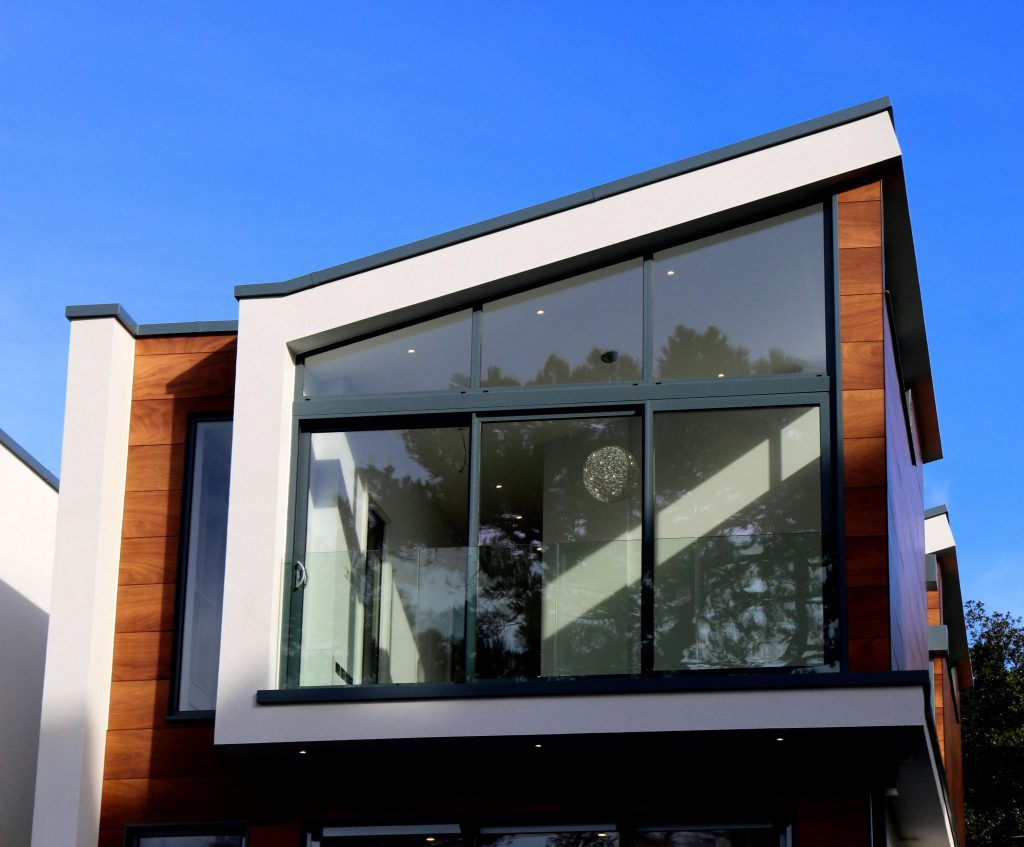The construction industry is undergoing a dramatic shift as traditional materials give way to stronger, more sustainable, and more versatile alternatives. Among these, metal buildings have emerged as a defining feature of modern construction.
From commercial warehouses and agricultural facilities to custom homes and office spaces, the versatility of metal structures is changing how builders, architects, and property owners approach design and functionality. As the demand for durable and efficient structures grows, metal buildings are proving to be the future of construction.
Embracing Efficiency in Modern Construction
Metal buildings have become synonymous with efficiency—both in construction and long-term performance. Unlike conventional wood or concrete structures, steel buildings can be fabricated and assembled in a fraction of the time.
Pre-engineered metal components arrive ready for installation, minimizing labor costs, waste, and project delays. This streamlined approach allows developers to stay on schedule even under tight deadlines, which is particularly valuable in commercial and industrial projects where time directly impacts profitability.
Beyond speed, the efficiency of metal extends to its performance over the building’s lifespan. Steel is resistant to pests, rot, and warping—issues that often plague wooden structures. It also requires minimal maintenance, saving property owners significant costs over time. These qualities make metal buildings ideal for various applications, from agricultural barns to modern retail centers, where reliability and low upkeep are essential.
Promoting Sustainability and Environmental Responsibility
In an era where sustainability has become a priority, metal buildings offer an environmentally conscious alternative to traditional construction methods. Steel, the primary material used in these structures, is one of the most recycled materials in the world.
Many metal buildings today are constructed using recycled steel, reducing waste and conserving natural resources. When a steel building reaches the end of its lifespan, its components can be recycled again without compromising quality.
Additionally, metal buildings are energy-efficient by design. They can easily accommodate insulation systems, reflective roofing materials, and advanced ventilation technologies that reduce energy consumption. As energy costs continue to rise, these features make metal buildings an attractive choice for those seeking long-term savings and environmental responsibility. This sustainable approach aligns perfectly with the construction industry’s push toward greener, more efficient building solutions.
Offering Strength and Versatility Across Industries
One of the most defining characteristics of metal buildings is their exceptional strength-to-weight ratio. Steel’s structural integrity allows for expansive open spaces without the need for interior support columns, giving designers greater freedom to create functional and flexible layouts. This makes metal buildings suitable for a variety of industries—agriculture, manufacturing, aviation, education, and even residential living.
For example, an aircraft hangar can be constructed with wide spans and tall ceilings, while a commercial warehouse can incorporate modular designs for future expansion. In residential settings, metal homes or barndominiums are gaining popularity for their modern appeal and resilience. In each case, the adaptability of steel construction allows for customized solutions that traditional materials cannot easily match.
In regions where weather conditions are unpredictable or extreme, metal buildings also stand out for their resilience. Steel structures can withstand high winds, heavy snow, and even seismic activity better than many conventional materials. Their strength and durability give property owners peace of mind that their investment is built to last.
Redefining Design Possibilities with Innovation
Gone are the days when metal buildings were seen as plain or utilitarian. Today, advancements in engineering and design technology have revolutionized their appearance and functionality. Architects and builders now use steel in creative ways, combining it with other materials like glass, stone, and wood to achieve sleek, contemporary aesthetics.
Modern fabrication methods allow for precise customization, meaning metal buildings can match nearly any architectural vision. Whether it’s a stylish office space, a sports complex, or a minimalist residence, steel structures can be tailored to meet both aesthetic and functional goals. This innovation-driven approach is what companies like Simpson Steel Building Company exemplify—demonstrating that metal structures can be both practical and visually striking without compromising quality or affordability.
Shaping the Future of Construction
The continued rise of metal buildings reflects a broader transformation within the construction industry. Builders and clients alike are prioritizing efficiency, sustainability, and longevity—qualities that steel structures deliver naturally. As technology continues to advance, the integration of smart building systems, renewable materials, and modular designs will only enhance the appeal of metal construction.
From rural farms to bustling cities, metal buildings are reshaping the landscape of modern construction. They represent a shift toward smarter, more sustainable, and more adaptable building practices that meet the evolving demands of today’s world. In every way, metal buildings are not just a trend—they are the blueprint for the future of construction.


